As it was my mother's maiden name, Susan and I both have Stewart as our middle names. We've also got English and German in our mix, and God knows what else. But we relate most to our Scotch-Irish (some advocate "Scots-Irish" but that's not what we grew up saying and to me it sounds pedantic) heritage.
Our family is quite attached to the red Stewart plaid. It was everywhere in Scotland: in cases where only one plaid was available, it was always this one. (It is, after all, bold and beautiful.)
However, there's a second Stewart plaid, the dress plaid with white strips. Susan chose this one when she bought herself a wool scarf at the Edinburgh Castle.
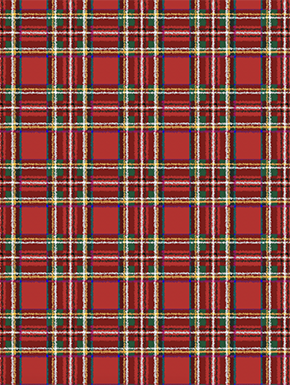
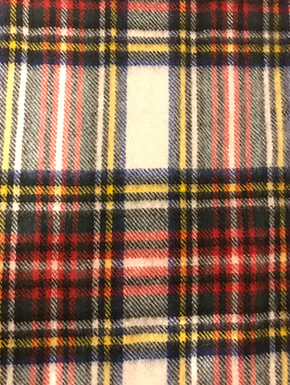
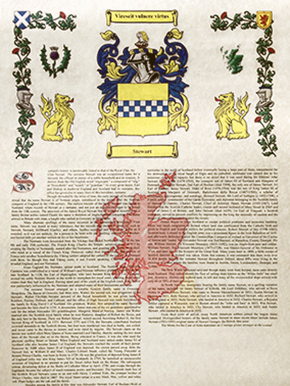
The scroll also traces the emigration of many Scots to Ireland due to politician and economic woes. The English confiscated land from the Catholic Irish and gave it to the Protestant Scots like our ancestors. It's estimated that in 1890 there were over 11,000 Stewarts in Ireland. Many of them eventually came on to the new world.
Susan also bought this scroll at the castle, thinking someone in our family needs it for Christmas. Here are some highlights from it:
The Stewart coat of arms has the motto Vireseit vulnere virtus, which means "Courage grows stronger at the wound." Yikes. The Stewart plant badges are oak and thistle, which is nice.
The name Stewart comes from the Old English stigweard which means "household guardian." In other words, steward. It's one of those occupation-derived names.
The history in this document goes back to the Norman Conquest. French King Charles the Simple achieved peace with the Vikings in 911. The invaders went native in France so they weren't very Vikingish by the time they crossed to England. They made their way up north to Scotland: a bunch of kings came and went, boring stuff.
Eventually Walter, a High Steward of the Royal Household, was given land and his title was made hereditary. His grandson adopted the name Steward, which became Stewart. James, his descendant, married up—he wed Alexander III's granddaughter Margaret, Maid of Norway. Their son married the daughter of Robert, the only heir to the Scottish crown. Robert's son, another Robert, was the first Stewart King. From 1371 to 1714 there were 14 Stewart monarchs crowned: four were murdered, two died in battle, one was exiled, and seven were minors ruled by regents. (Game of Thrones?) But it gets better.
Mary, Queen of Scots took the throne in 1542. She married another Stewart, Lord Damley. (Since she was educated in France she started messing with spellings like Stuart. Hmph.)
The power of the Stewarts grew: James VI of Scotland was also crowned James I of England. However, his son, another James, was deposed in 1688. He fled to Italy where his descendant, Bonnie Prince Charlie, aka the Young Pretender, was born. Charlie riled up a bunch of clansmen and invaded England. He had some success at first, but wasn't a military wizard and got them slaughtered on Culloden Moor in 1745. That was the end of the traditional clan culture.
In 1807 the last of the royal Stewart line died, so we have no claim to the throne. But we could be the descendants of distant cousins of royalty. Who knows?
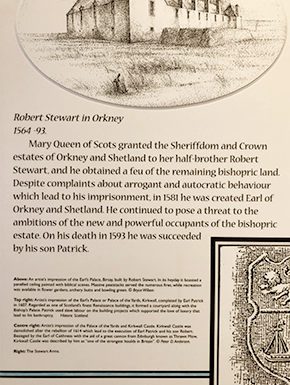
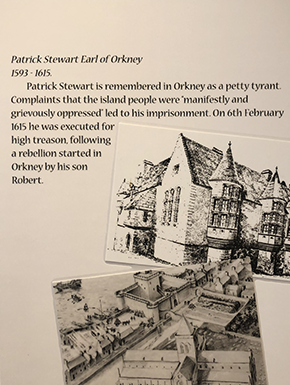
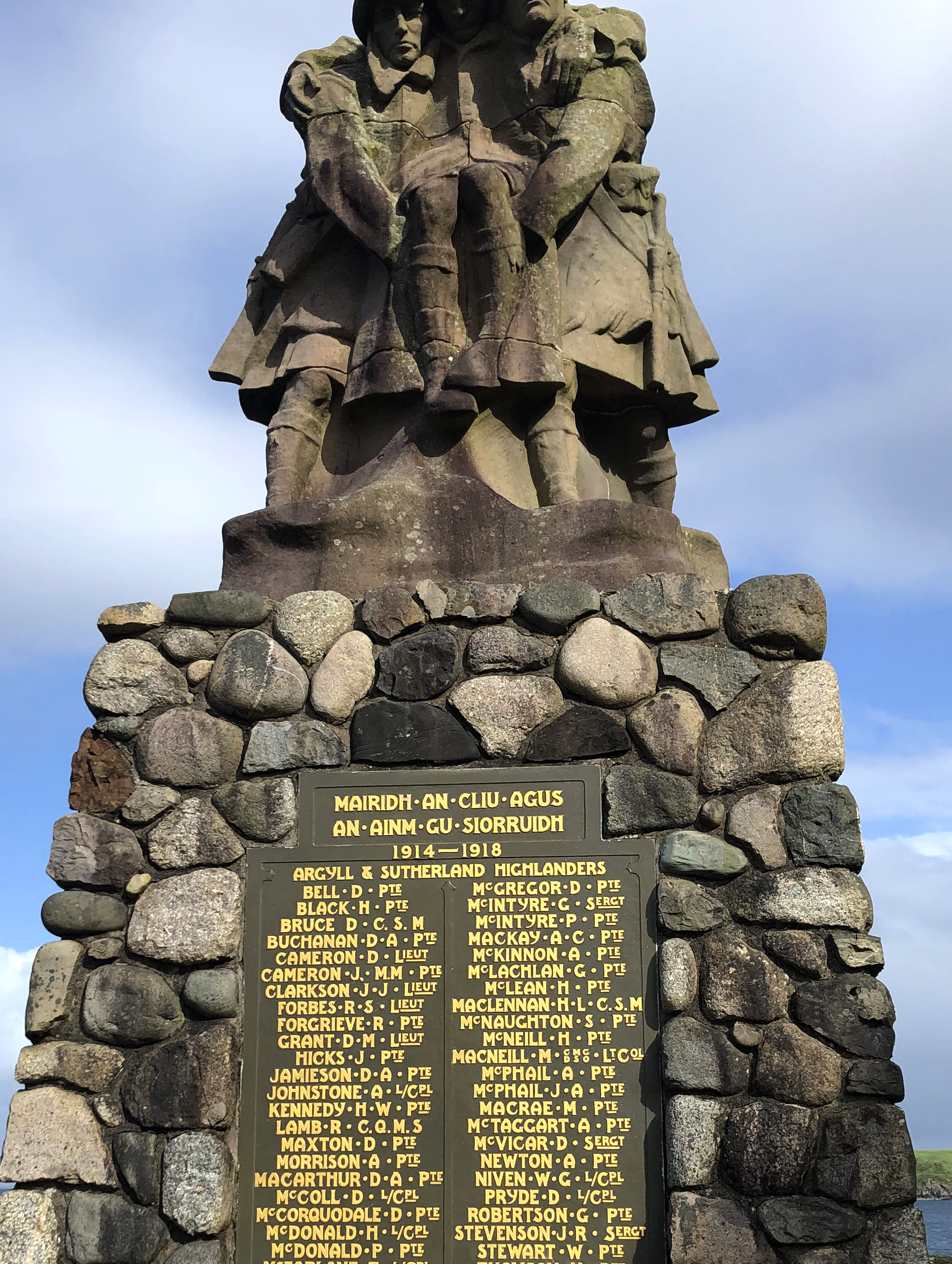
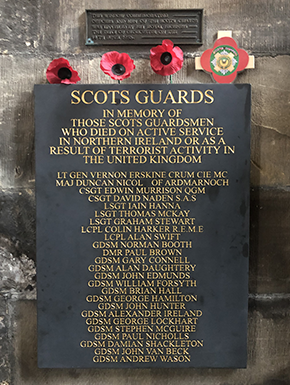
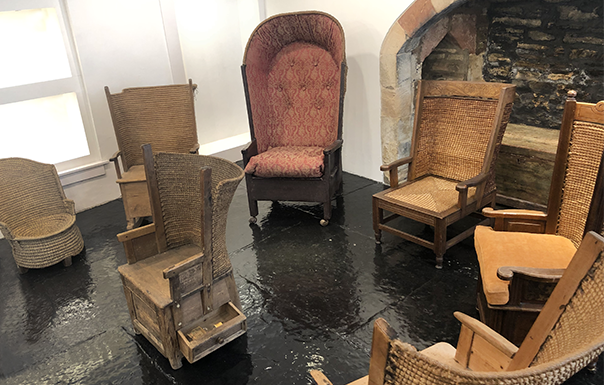
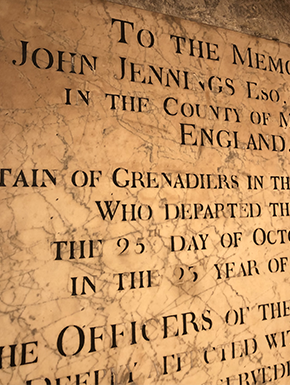
Back to Day 19, letter S | Back to the Calendar
![]()
HannahJennings.com | Previous Advent Calendars